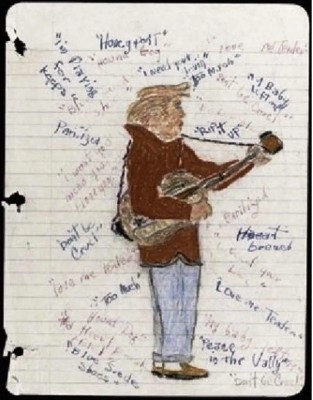The Fascinating Process of How Honey is Made: From Flower Nectar to the Jar on Your Shelf
Honey, often referred to as "liquid gold," is a natural sweetener with a rich history and a mesmerizing production process. This delightful and versatile substance is created by bees through a complex method that begins with the simple act of gathering nectar. Let's explore the captivating journey of how honey is made, from flower to jar.
Honey production starts with bees foraging for nectar. Worker bees, primarily female, venture out of the hive to collect nectar from flowering plants. They use their long, tube-like tongues to extract the nectar, a sugary liquid, and store it in their special "honey stomachs." Once their honey stomachs are full, the foraging bees return to the hive. Here, they regurgitate the collected nectar and pass it to house bees through a process known as trophallaxis. This transfer helps reduce the water content of the nectar and mix it with enzymes produced by the bees.
Inside the hive, house bees work to further process the nectar. They chew the nectar, mixing it with more enzymes, which break down the complex sugars into simpler ones, making it easier to digest and less prone to crystallization. This enzymatic action is crucial as it transforms nectar into honey. After the enzymatic transformation, the bees deposit the nectar into hexagonal beeswax cells within the hive. To reduce the high water content of the nectar (initially around 70-80%) to below 18%, bees use their wings to fan the nectar, promoting evaporation. This step is vital for preventing fermentation and ensuring the honey's long-term preservation.
Once the nectar has thickened and transformed into honey, the bees seal the cells with a wax cap. This capping process protects the honey from moisture and contaminants, allowing it to be stored indefinitely without spoiling. When the hive's cells are filled and capped, beekeepers step in to harvest the honey. They carefully remove the frames from the hive, often using a smoker to calm the bees. The wax caps are then removed in a process called uncapping, and the frames are placed in an extractor, a device that spins the frames to force the honey out.
The extracted honey is then filtered to remove any remaining wax or debris. Once filtered, the honey is poured into jars, ready for consumption. Some honey may undergo additional processing, such as pasteurization, to kill any yeast cells and extend shelf life, although many prefer raw honey for its natural properties and health benefits. The entire process, from flower to jar, highlights the remarkable efficiency and teamwork of honeybees. Honey production is not only a testament to the hard work of bees but also a marvel of natural engineering. Each jar of honey is a sweet reminder of the intricate and diligent work that goes into making this beloved substance.
Understanding how honey is made enhances our appreciation for this natural wonder. The next time you drizzle honey on your toast or stir it into your tea, you'll know it represents the collective effort of thousands of bees, each playing a crucial role in bringing this golden treat from the flowers to your table.
Get Free Gifts & Best Stories!
Join our newsletter to get our top stories of the month and free merch.
- 📚 Cool Stories: Read stories you won’t find in textbooks.
- 🎁 Free Gifts: Get exclusive stickers, t-shirts, and more!
Only 1 email a month. No spam, we promise!

